Market Analysis
In-depth Analysis of Luxury Jewelry Market Industry Landscape
The increasing desire for luxury jewelry sets the stage for rhodium to play a prominent role in the foreseeable future. As a precious metal, rhodium is highly prized for its brilliant, white appearance and its capacity to elevate the durability and luster of jewelry. The factors contributing to the demand for rhodium in jewelry are outlined below: Aesthetic Allure: Rhodium is frequently employed as a plating material for jewelry, particularly in the case of white gold and silver, imparting a luminous and reflective surface. It enhances the visual appeal of jewelry, providing it with a glossy, white, and sophisticated finish. With a growing demand for luxury jewelry characterized by intricate designs and superior finishes, rhodium-plated jewelry emerges as an enticing choice. The aesthetic allure of rhodium is poised to stimulate its demand, particularly in the luxury jewelry segment.
Tarnish Resistance and Endurance: The process of rhodium plating delivers remarkable tarnish resistance, particularly advantageous for silver jewelry. It establishes a protective layer, preventing oxidation and preserving the jewelry's shine and color for an extended duration. Rhodium also bolsters the endurance of jewelry, making it more resilient against scratches and wear. Discerning luxury jewelry consumers often seek pieces of the highest quality that can endure the test of time, and rhodium plating aligns with this demand for longevity and robustness.
Customization and Personalization: The luxury jewelry market thrives on the principles of customization and personalization. Rhodium plating offers a versatile canvas for crafting unique designs and catering to individual preferences. Designers can leverage rhodium to accentuate specific details or patterns on a piece, introducing depth and contrast. This potential for customization creates an opportunity for designers and manufacturers to craft exclusive and distinctive luxury jewelry pieces that resonate with the preferences of discerning consumers. Rhodium's versatility in facilitating customization adds a layer of uniqueness to the luxury jewelry landscape.

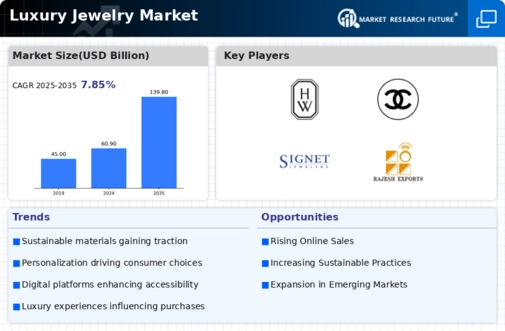
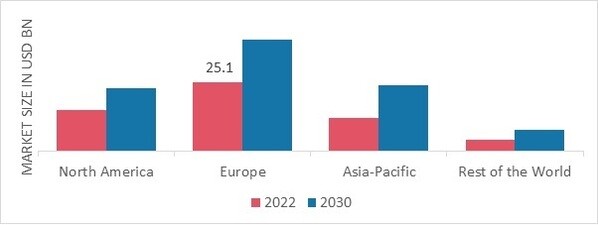


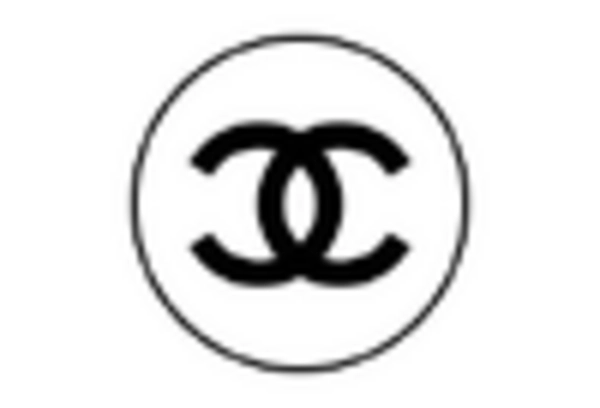
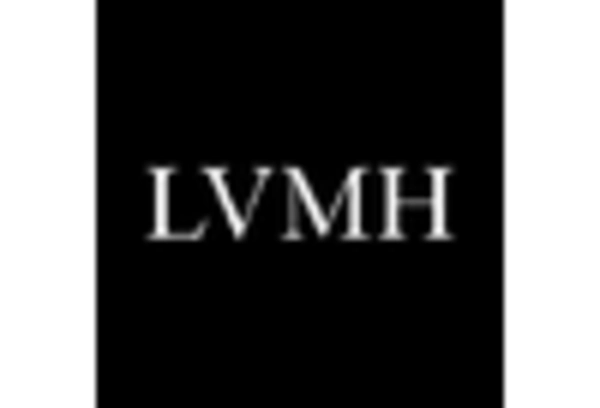
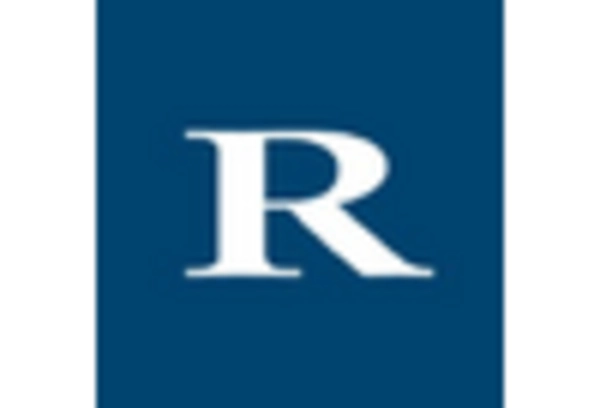
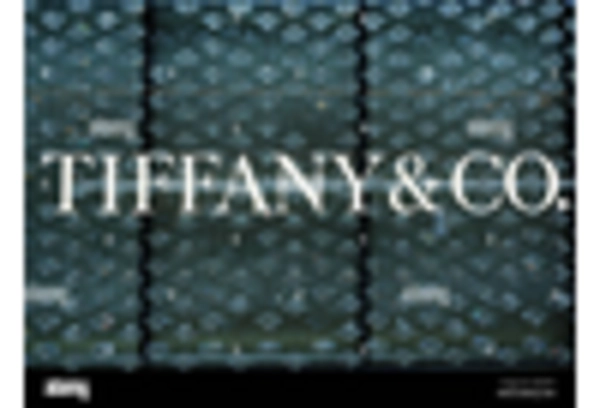

Leave a Comment